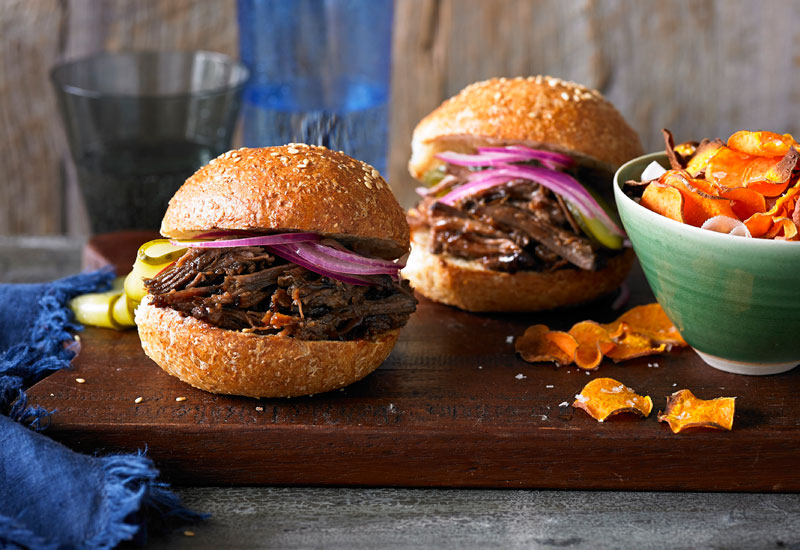A 2015 report by the Food and Agriculture Organisation of the United Nations had the UAE ranked behind Saudi Arabia and Iraq as one of the region’s highest consumers of poultry meat. However, the UAE jumped up the list when it came to ovine meat (lamb). In 2014, the UAE imported 73,000 tonnes (CWE) of ovine meat and 378,000 tonnes (CWE) of poultry meat. This makes the UAE one of the highest meat consumers in the world.
Meat suppliers are beginning to feel the pressure as well; for one, supply is beginning to get expensive and methods of production are being put under the spotlight as well. In addition, greater knowledge of meat cuts and types from the final consumer ultimately translates to the evolution of the demand. Millennial consumers are also putting pressure on breeders for more natural and organic offerings; this means cheap, mass-produced, low-quality poultry and meat is quickly going out of fashion.
According to an August 2016 report from Merricks Capital, Australian cattle prices reached an all-time record high, namely due to tighter cattle availability. An Aramtec spokesperson says Australian mutton is likely to be challenging in terms of availability through to the end of August, and if any is available, it will be at a premium. And while Canadian beef prices are falling after reaching a 30% record high, the fall is gradual. Statistics Canada reports that the average retail price for one kilogram of round steak was C$19.09 (US $14.58) in June 2015 and fell to C$18.31 ($13.98) in June 2016.
Hotelier Middle East spoke to Meat & Livestock Australia (MLA) — a farmer-owned company that provides marketing and research and development services for the Australian cattle, sheep and goat industries — to understand demand drivers and how the company is keeping up with it.
MLA international business manager — MENA David Beatty tells Hotelier Middle East: “Australia supplies a wide variety of red meat products to the Middle East, from grilling and roasting beef cuts to lamb shanks, ribs and legs more suitable for slow cooking, braising and casseroles. However one major trend we’ve observed is the evolution of the humble beef burger given a facelift. We are seeing more restaurants and foodservice chains adopting a new approach to this classic hearty staple — moving away from mass produced patties to gourmet offerings, Wagyu cuts and experimenting with different flavour combinations.”
“Consumers are more in tune with the source of their food more than ever before and when they eat red meat they want to know where and how it was raised. Australia’s guaranteed stamp of food safety, quality and sustainability on all its beef and lamb enjoyed by Middle Eastern customers has never been more important,” he says.
With much of the meat being imported to the region, it means food outlets are faced with additional costs on top of already high prices. Chef Clive Pereira of West 14th, a Dubai-based restaurant on the Palm Jumeirah, says: “This is a challenge for a lot of chefs in the emirate to create value for money. Good quality products with a good price is every chef’s dream as a lot of joy to the customer comes through value for money pricing.”
An import-heavy strategy means chefs struggle to get exactly what they want and when they need it. Beatty shares: “With rising prices for red meat being experienced globally, there’s no doubt foodservice and retail trends have to adapt, exploring the versatility of alternate cuts over the traditional premium-priced ‘steaking’ cuts.”
Beatty argues that Australian beef and lamb has maintained its reputation of safety and quality in the Middle East regardless of price pressures. He adds: “It [our products] always carries a guaranteed mark of quality, halal integrity and food safety credentials. Our reputation, regardless of price, enables customers around the world to enjoy Australian beef and lamb.”

| Advertisement |









 Search our database of more than 2,700 industry companies
Search our database of more than 2,700 industry companies









